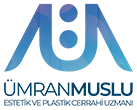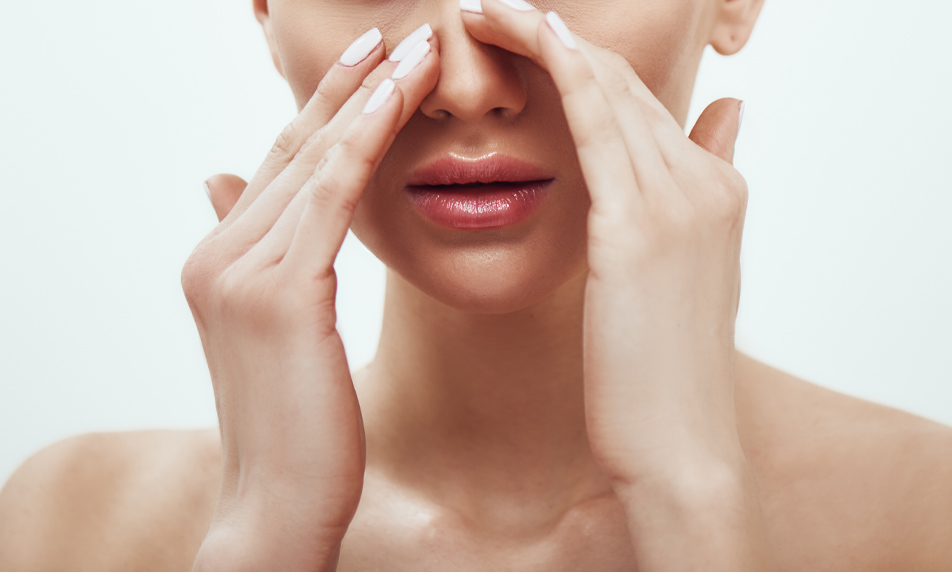Secondary rhinoplasty is a type of cosmetic surgery performed to correct problems related to the results of rhinoplasty. Secondary rhinoplasty, also known as revision rhinoplasty, can correct problems that were disappointing in primary rhinoplasty and can solve functional problems such as nasal congestion and breathing difficulties. The aim of secondary or revision rhinoplasty is to achieve a natural-looking result that is compatible with your other facial features and provides a clear airway.
Rhinoplasty is one of the most complex and challenging plastic surgery procedures. The surgeon must make precise changes to the underlying structure of the nose to create subtle improvements in facial appearance, while ensuring that the airway remains open for effortless breathing. If you are not satisfied with the results of your first rhinoplasty, you may consider revision rhinoplasty to achieve the desired result.
How revision rhinoplasty differs from primary rhinoplasty
Both primary and revision rhinoplasty aim to improve the appearance of your face by making your nose more attractive and in harmony with your other features. Both procedures can help to restore nasal function and make breathing easier.
How is revision rhinoplasty performed?
Revision rhinoplasty usually requires the surgeon to rebuild the bridge or tip of the nose using cartilage grafts taken from the ear, nasal septum or ribs. Collagenous connective tissue called fascia, taken from the scalp along the hairline, may also be transplanted to add volume to the cartilage and ensure a healthy blood supply to the rebuilt area. By wrapping small pieces of cartilage around the fascia, precisely shaped grafts can be created, allowing very small adjustments to be made to the shape of the nose.
Postoperative recovery
The recovery time for secondary rhinoplasty varies depending on the type of surgery. Minor revisions will heal much faster than the original rhinoplasty, while more extensive revisions may result in a slightly longer recovery time.
For the first week after revision rhinoplasty, a protective plaster cast may be worn to ensure that your nose remains in its new shape. It is important that you get plenty of rest to speed up the healing process.
After your surgeon has removed the cast, you can return to work or school if you wish. However, be aware that you may need to have your nose taped during this time and that you will still have some bruising, swelling and discomfort. After 6 weeks, about 80% of the swelling should be gone and between the first year and 18 months you should see the final shape of your new nose.


